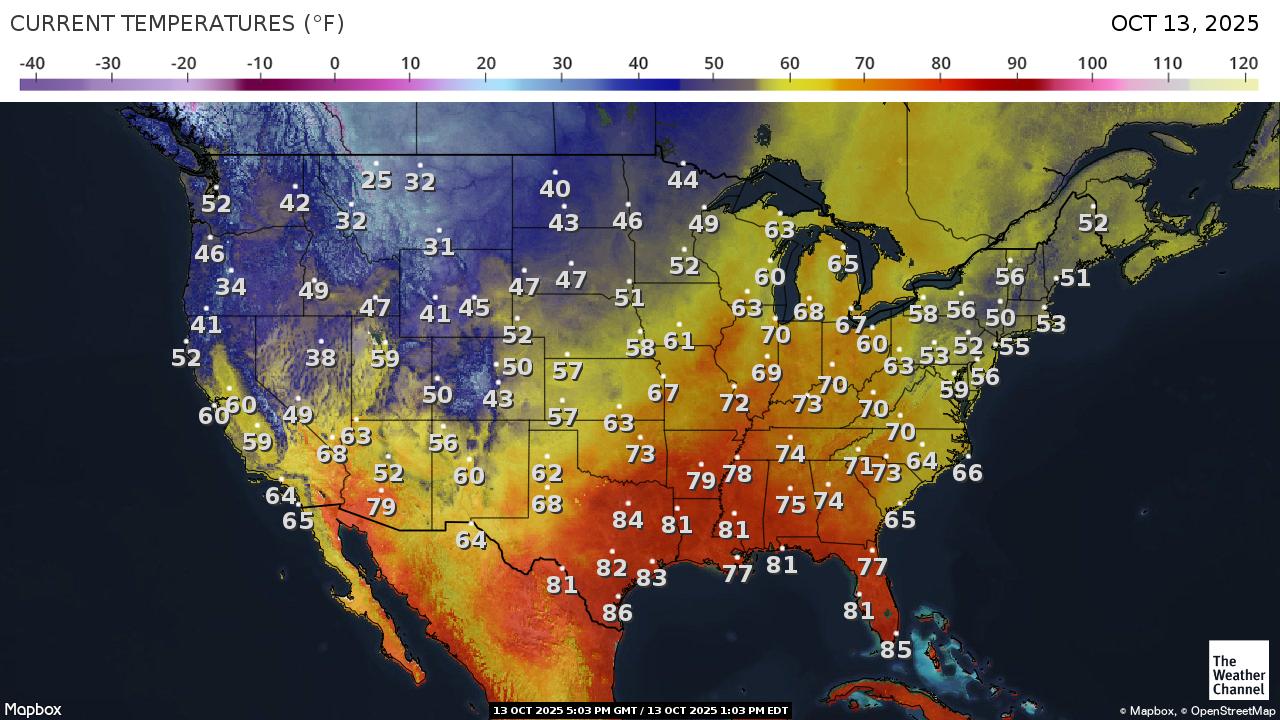The U.S. is currently entering the statistically coldest week of the year, at least for the area east of the 100th meridian:


From the CME the last week of action:
Front futures are within spitting distance of two bucks, $2.066 with March even lower at $2.039.
And today's big drop? First up, the expectations via FX Empire:
...The EIA will report on weekly storage at 15:30 GMT. The report is expected to show a drawdown of 91 Bcf for the week-ending January 10.
Last year, the EIA recorded an 82 Bcf withdrawal for the similar week, and the five-year average is a withdrawal of 184 Bcf. Last week, the EIA reported a 44 Bcf withdrawal for the week-ended January 3.
Bloomberg analysts had a median estimate for a 93 Bcf pull, with estimates ranging from minus 84 Bcf to minus 101 Bcf. A Reuters survey showed a 95 Bcf pull, with a range of minus 87 to minus 102 Bcf.
The ICE EIA Financial Weekly Index futures contract settled Tuesday at a 94 Bcf withdrawal. Natural Gas Intelligence’s model predicted a pull of 106 Bcf....And the report from the Energy Information Administration:
for week ending January 10, 2020 | Released: January 16, 2020 at 10:30 a.m
Working gas in storage was 3,039 Bcf as of Friday, January 10, 2020, according to EIA estimates. This represents a net decrease of 109 Bcf from the previous week. Stocks were 494 Bcf higher than last year at this time and 149 Bcf above the five-year average of 2,890 Bcf. At 3,039 Bcf, total working gas is within the five-year historical range.Someone was betting on a larger than average pull from storage and though it was higher than consensus guesses was not high enough to support the price.
And this with subzero temperatures from the Canadian border down to Chicago tonight and ditto for points east this weekend.
There's a lot of gas around.
Secondly from the EIA:
Natural Gas Weekly Update
for week ending January 15, 2020 | Release date: January 16, 2020
In the News:
U.S. net natural gas exports grow through 2021
The U.S. Energy Information Administration’s (EIA) Short-Term Energy Outlook (STEO), released on January 14, forecasts the United States to remain a net exporter of natural gas through 2021. Net natural gas exports are forecast to average 7.3 billion cubic feet per day (Bcf/d) in 2020 and 8.9 Bcf/d in 2021, a 3.6 Bcf/d increase from 2019. In 2017, the United States became a net natural gas exporter on an annual basis for the first time in 60 years.....MUCH MORE
Strong natural gas export growth in recent years is mainly the result of increased exports of liquefied natural gas (LNG). U.S. LNG exports averaged 5.0 Bcf/d in 2019, 2.0 Bcf/d higher than in 2018, as a result of several new facilities placing their first liquefaction units—referred to as trains—in service. This year, several new trains are expected to begin operations: Trains 2 and 3 at Cameron LNG in Louisiana, Train 3 at Freeport LNG in Texas, and six remaining Moveable Modular Liquefaction System (MMLS) units (Trains 5–10) at Elba Island in Georgia. In 2021, the third train at the Corpus Christi facility in Texas is scheduled to come online, bringing the total U.S. liquefaction baseload capacity to 10.2 Bcf/d. LNG exports are projected to continue to grow—averaging 6.5 Bcf/d in 2020 and 7.7 Bcf/d in 2021—as facilities gradually ramp up to full production....
By-the-bye, the 100th meridian was considered the beginning of the Great American Desert, the dividing line between the arid west and the moister east:

"The 100th meridian runs from pole to pole, 100 degrees longitude west of the prime meridian in Greenwich, England. It cuts through six U.S. states, forming a partial boundary between Oklahoma and Texas. Powell identified this line as marking the point where the average annual rainfall dropped from 61 centimeters on the eastern edge to 46 centimeters at the western edge. New research shows a sharp aridity gradient still exists, but it’s moved east a bit, closer to the 98th meridian. Climate models predict it will move farther eastward in coming decades. Credit: National Atlas, modified by K. Cantner, AGI."
-credit Earth Magazine